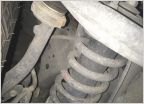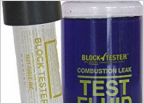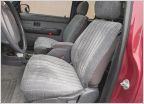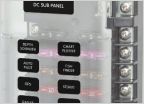-
Welcome to Tacoma World!
You are currently viewing as a guest! To get full-access, you need to register for a FREE account.
As a registered member, you’ll be able to:- Participate in all Tacoma discussion topics
- Communicate privately with other Tacoma owners from around the world
- Post your own photos in our Members Gallery
- Access all special features of the site
EGR - to delete or not delete, plus what happens (if anything) after its removed?
Discussion in '1st Gen. Tacomas (1995-2004)' started by keakar, Mar 9, 2015.
Page 3 of 5
Page 3 of 5


 A Suspension Upgrade and Few Questions!
A Suspension Upgrade and Few Questions! 3.4 Ltr Engine
3.4 Ltr Engine Can’t find seat covers!
Can’t find seat covers! Electrical hub
Electrical hub










































































